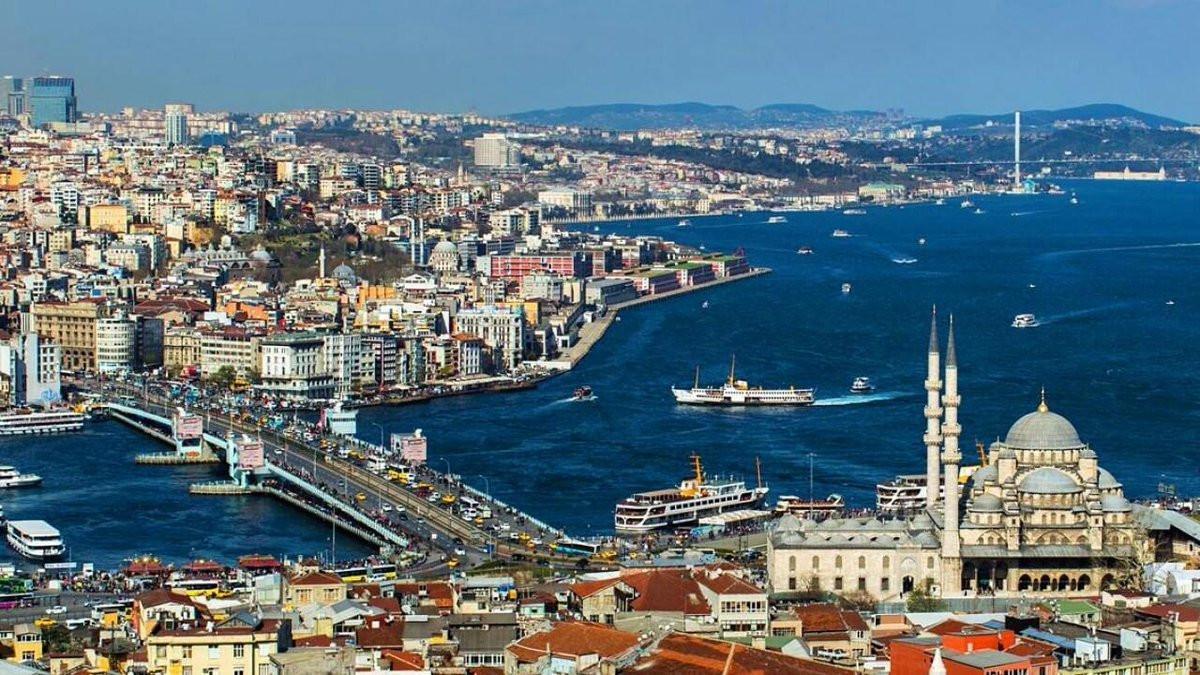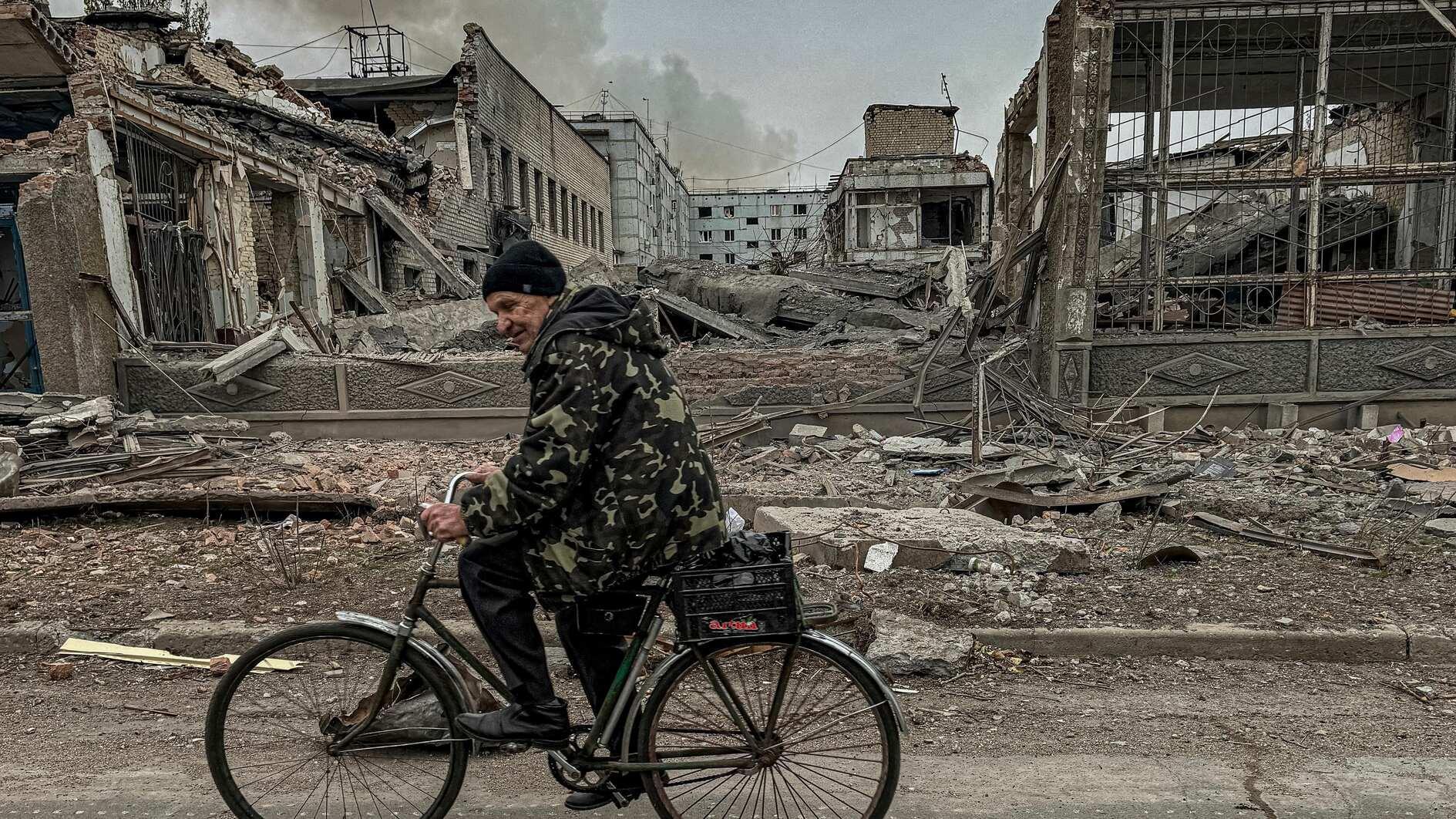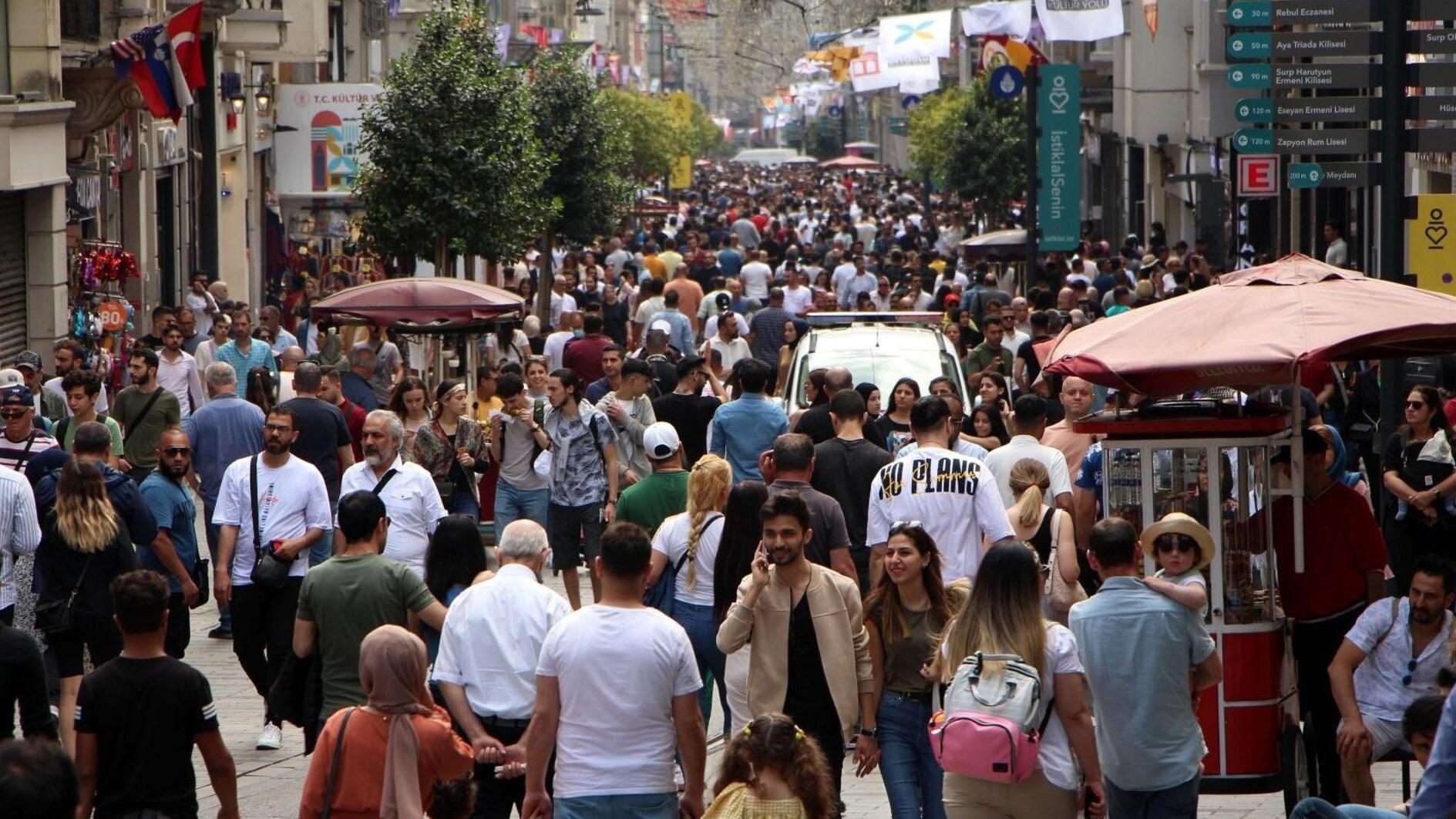Analysis: Is Istanbul economically too strong?
SONER KİSTAK

By all means, Istanbul is an economically important city. The city’s GDP is higher than that of countries like Greece, Portugal Iraq, and Kuwait. According to 2017 GDP estimates as shown in the below table, almost a third of all Turkish economic activity takes place in this city. It is then followed by Ankara and Izmir whose GDP contributions stand at 9.2% and 6.9%. Moreover, half of Turkey’s tax revenues are collected in Istanbul even though the city’s population corresponds to around one fifth of the total population. If we consider all 81 Turkish provinces the top 10, cities, including Istanbul, produce 65.9% of the GDP. Interestingly, Istanbul has as high an economic importance as the remaining 71 provinces of the country combined. While this is very impressive for any city, it also raises some questions and points towards some economic opportunities.
In the investment world, a key principle that ensures safety and sustainability is the diversification principle. In short, it consists in never placing all of your eggs in one basket. By having a concentration of all business centers in Istanbul, Turkey has been putting all of its focus on one city. Clearly, there are many good reasons for Istanbul’s pre-eminence, such as its proximity to Europe, an educated workforce, an international airport, and its touristic charm. However, this importance also translates itself into a comparatively expensive city with a complex transportation network. Today, most corporations have their headquarters in the city and they pay a higher headcount cost structure than companies having headquarters in Ankara and/or Izmir.
If we take a longer-term perspective, Turkey would greatly benefit if it could encourage companies to move out of Istanbul to other Turkish cities. In this sense, the example of London in the UK can be a great learning experience for Turkey. After the rise of the City at the end of the 1980s, it became clear to the Brits that London on its own would not have the resources to support such intensive business activity. This is why they chose to create business centers in Newcastle and Birmingham. Not only did this create additional jobs for the residents of these cities, it also gave London some breathing space.
Moreover, Turkey also has some great cities such as Izmir, Ankara, Adana, Kayseri, Eskisehir, and Van that could act as potential business centers. This was already the case in the past. For instance, up until the 1980s, the Adana region acted as headquarters for some of Sabanci Holding’s business enterprises. During the first decades of the Republic, the Izmir region was Turkey’s economic heartland. It is somewhat unfortunate that Turkish corporations chose to leave this beautiful part of the country in favor of the Marmara region. It is also somewhat surprising to see that the so-called Anatolian tiger cities of Kayseri, Gaziantep, and Denizli have not kept the industrial momentums that they showed in the 1990s. Another interesting observation is the economic decline of the Cukurova region, comprised of Adana and Mersin. Their combined GDP contribution stands at only 3.5% less than Bursa’s GDP contribution of 4.1%.
Business center diversification is not a very difficult process in today’s world, particularly given recent technological improvements and improving connectivity. The government policies offering tax breaks and subsidies will certainly help the development of other cities and will provide much-needed relief to Istanbul. Turkey’s extensive university network and young population can provide the needed human capital background in these cities.
















